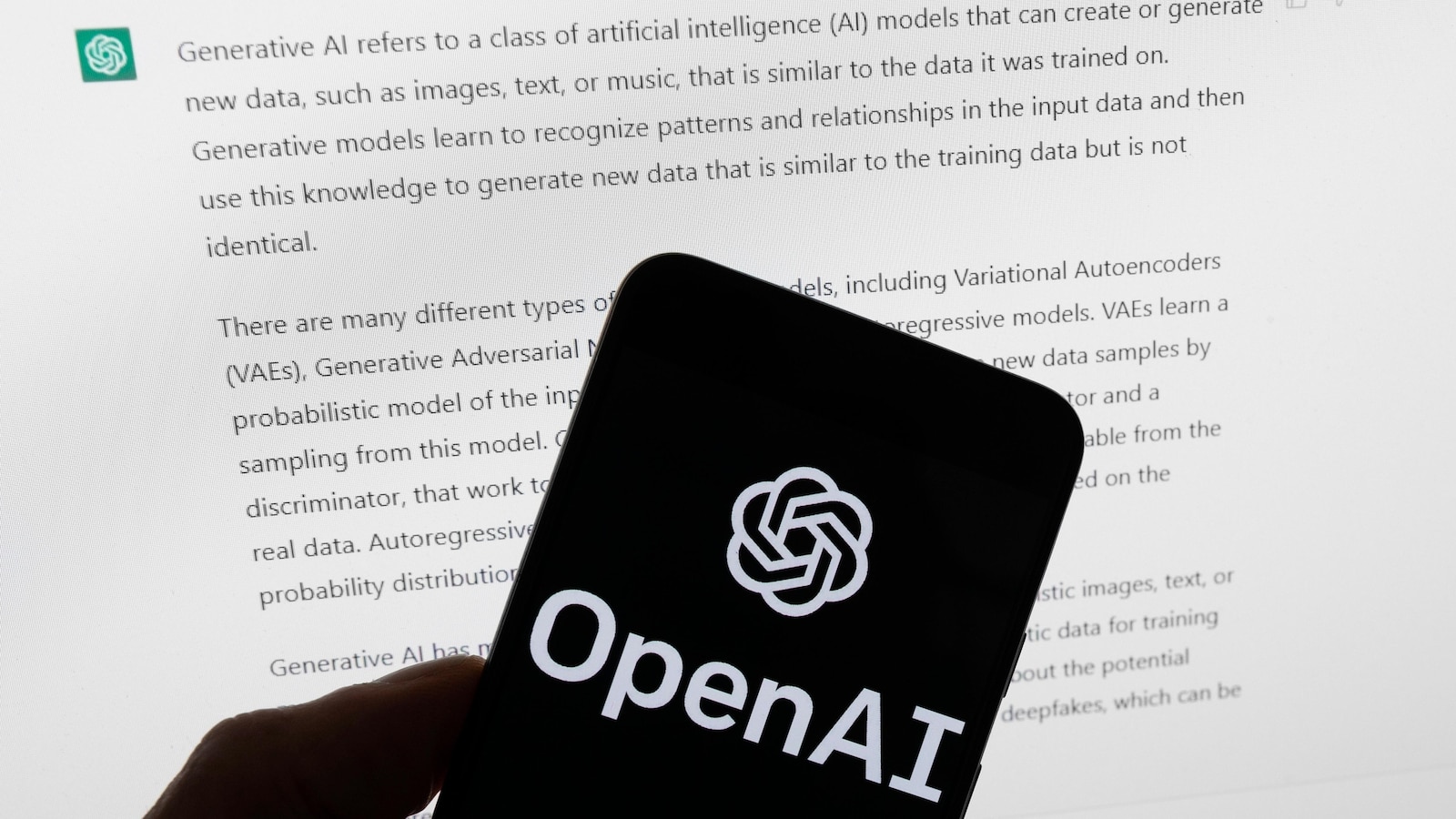
Artificial intelligence (AI) is making a significant impact in classrooms across the United States, transforming the traditional teaching paradigm and providing new tools to support educators in their work. Teachers from coast to coast are adopting AI-driven applications to help reduce time spent on administrative tasks and to enhance the overall quality of education they provide.
AI tools are being widely utilized to automate the creation of quizzes and worksheets, generate lesson plans tailored to specific learning objectives, and assist in grading assignments. By alleviating time-intensive tasks such as paperwork and manual grading, AI allows teachers to focus more on instruction, personalized student support, and creative lesson delivery.
For instance, teachers may use AI-powered platforms like ChatGPT or Quizizz to rapidly generate formative assessments, while tools like Grammarly or Turnitin are employed to evaluate written student work for grammar and originality. Lesson planning software powered by machine learning can analyze curriculum standards and student performance data to suggest age-appropriate and standards-aligned instructional strategies.
The integration of AI in education is not limited to backend support. Some schools are experimenting with AI tutors and chatbots to provide students with immediate feedback or assistance, particularly helpful in large classrooms where one-on-one teacher time is limited. These virtual assistants can answer common student questions, recommend supplementary materials, and even monitor progress over time.
However, the use of artificial intelligence in education is not without challenges. Concerns around data privacy, potential bias in algorithms, and the risk of over-reliance on automation are among the issues being closely monitored by school administrators and policymakers. Despite these concerns, many educators view AI as a tool that enhances — rather than replaces — the human elements of teaching.
As technology continues to evolve, the future of education is likely to see even more integration of AI applications. Experts believe the key is to use these tools thoughtfully and ethically, ensuring that they support teachers and enrich students’ learning experiences without compromising educational quality or equity.
In summary, artificial intelligence is rapidly becoming an indispensable part of the educational toolkit in the United States, offering promising solutions to everyday classroom challenges while prompting a broader evaluation of the role technology should play in teaching and learning.
Source: https:// – Courtesy of the original publisher.








